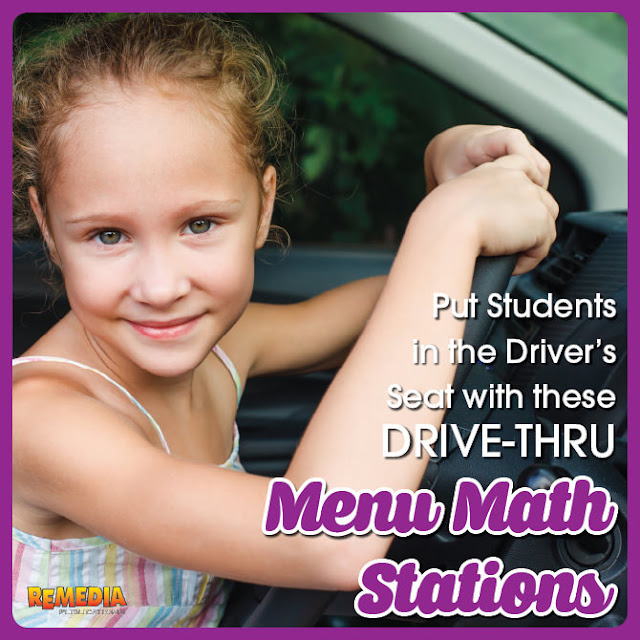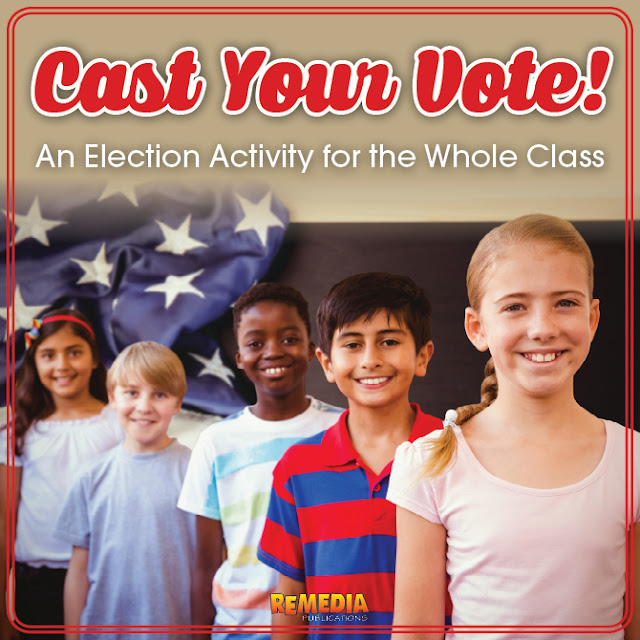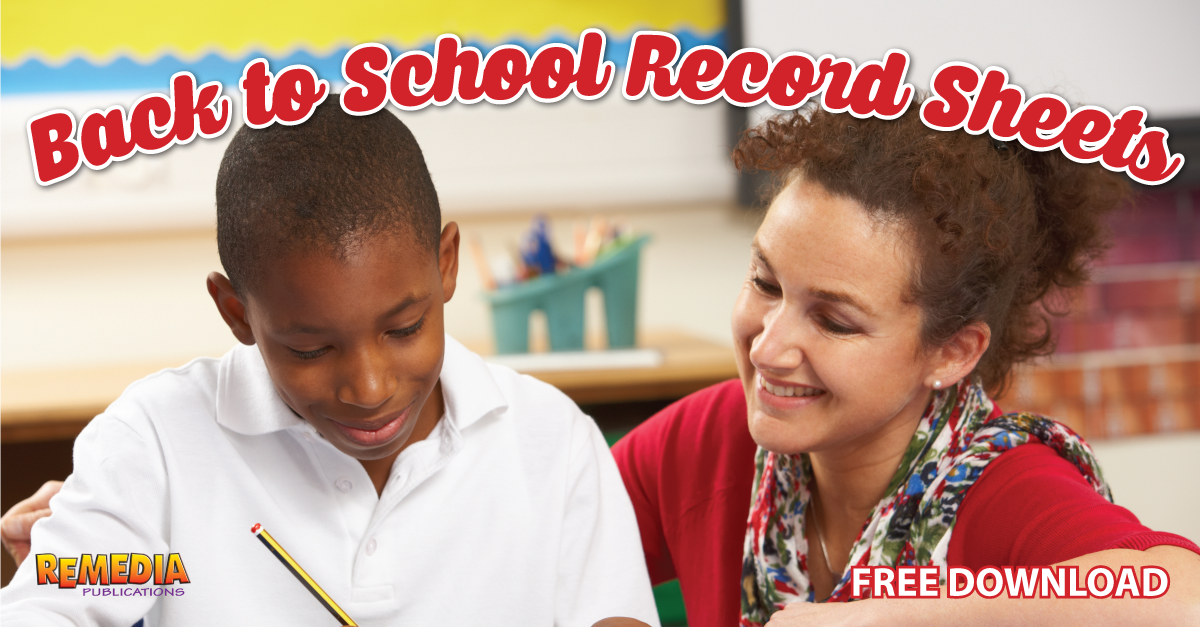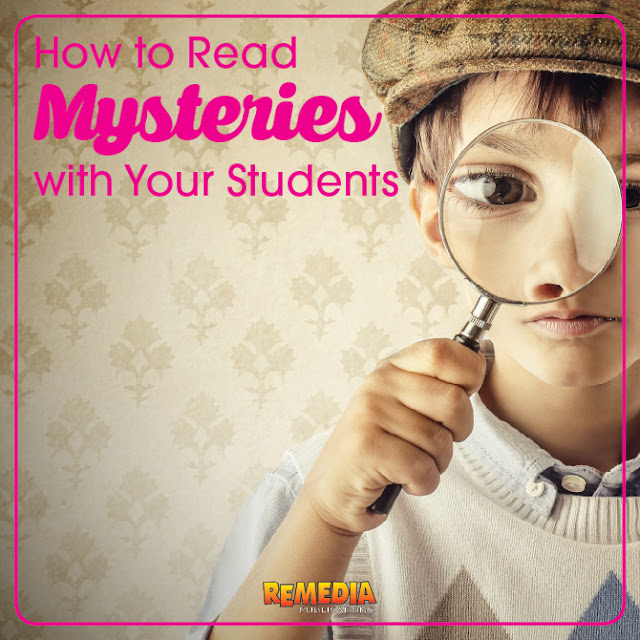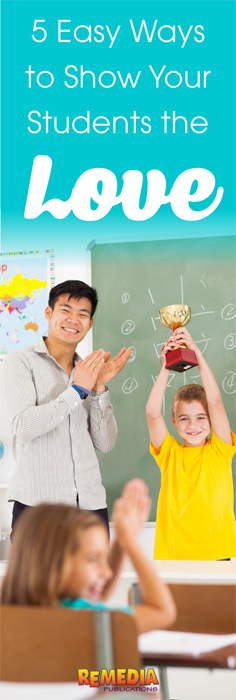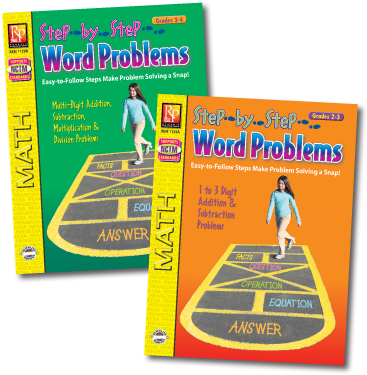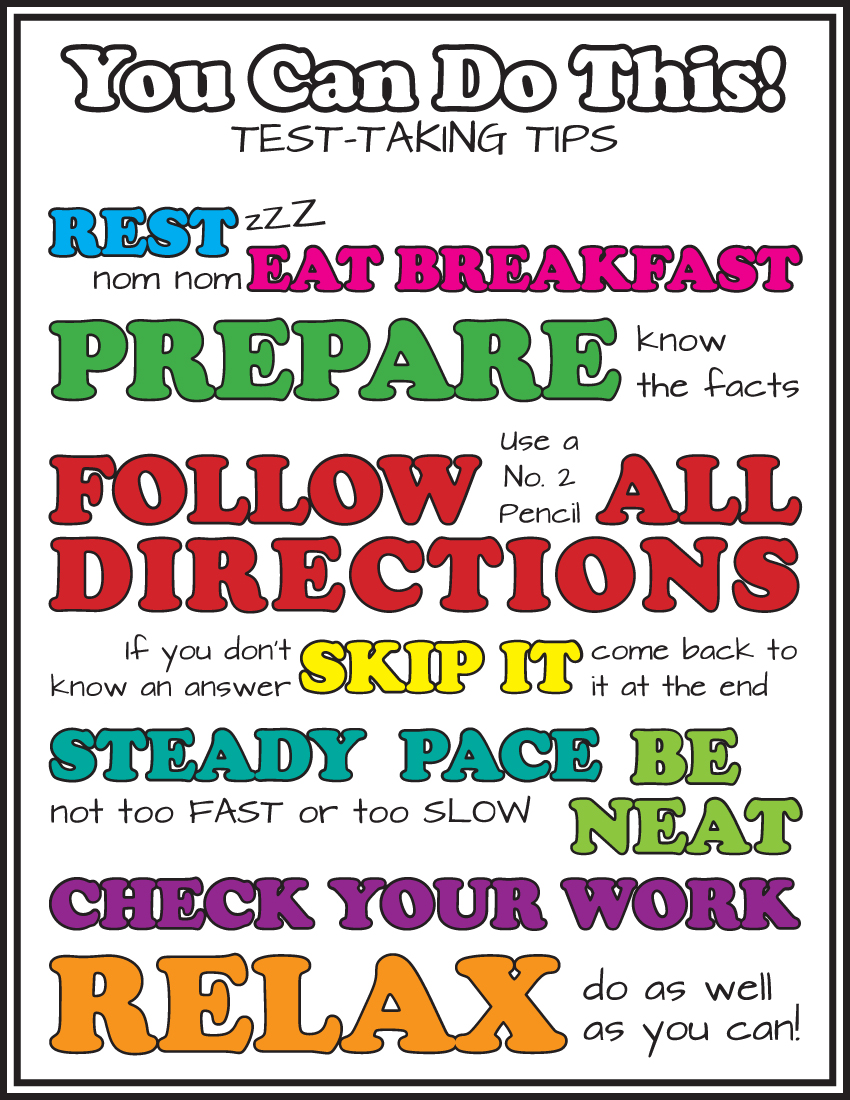Put a twist on your Valentine’s lessons with these heart-themed, science lessons, activities, and free downloads. They go beyond the mushy-gushy romance of V-day...although, we're not against that (see
Secret Valentine Exchange)! Plus February is American Heart Month, so you can use these activities all month long to promote heart health awareness.
Getting to Know the Heart
Familiarize students with the parts of the heart with this free labeling activity from our Labeling for Comprehension Series. Students will read a short description of the heart, and then demonstrate their understanding by labeling the diagram. Now, they are ready to get their blood flowing with the next two activities.
A Blood-Pumping Graphing Activity
Integrate math, health, and heart-healthy science with this blood-pumping activity. Students will
graph their heart rates while doing different activities.
1. Ask students, “Did you know that your heart is a muscle? In fact, it is the only hollow muscle in your body. Like all the muscles in your body, your heart stays strong when it exercises. Let’s see how exercise makes your heart work and keep strong.”
2. Have students find their pulse while sitting at their desks (
resting heart rate). Have each student gently press their forefingers to their wrist, near the base of the thumb. Have them count the pulses while you keep time for 15-seconds. Then each student should multiply their count by four to get the beats-per-minute. Have students write this number in this chart (
free download).
3. Complete the chart together as a class. After each activity, have students take their pulse. You’ll be in charge of the clock, tracking the intervals, and making sure students stay on-task. When you are done, have students create a bar graph or line graph to show how their heart rate differed for each activity.
4. Explain to students that blood is a special “belt” that brings oxygen to the muscles and carries the bad away, and you want your heart to be in its best shape to do this well.
A Field Trip Through the Heart
Good News! This field trip does not require a permission slip. Students will take a trip through the heart right in your classroom.
- With tape, draw a large diagram (click here to download) of the heart on our classroom floor. This diagram includes a station for the lungs and body cells.
- Label the chambers of the heart, the lungs, the body cells, and all blood vessels accordingly.
- Place large blue circle cutouts in the body cells and large red circle cutouts in the lungs.
- Have a small group of students be the “blood” moving along the route through each station like blood flowing through the heart.
- Have two students be the “lungs” in the lung station.
- Have a few students act as the “body cells” in the body cells station.
- Narrate what the blood is doing as the students go through each stop.
- Explain what blood vessel they must take.
- As students reach the body cells station, have students exchange their red circles (blood cells carrying oxygen) for blue circles (blood cells carrying carbon dioxide).
- As students pass through the lungs, have them exchange their blue cells for red cells, which illustrates the diffusion of oxygen into the blood. Point out that blood vessels carrying blood away from the heart are arteries, and usually carry red blood. Blood vessels carrying blood towards the heart are veins, and usually carry blue blood.
- Also point out that the right side of the heart handles blue blood and the left side of the heart handles red blood.
Tip: To really reinforce the lesson, have a different group of students take a trip through the heart, while another set of students narrate the journey.
Use these free worksheets <
free download> before students take a trip through the heart to give a little background knowledge of the heart and cardiovascular system. These worksheets come from our
The Human Body: Digestive, Circulatory, Reproductive, & Excretory Systems book.
Secret Valentine Exchange
Finish your heart-throbbing unit with a Secret Valentine Exchange. This activity is still science-focused while incorporating language skills.
1. Put every student’s name in a bag, and have each student draw a name from the bag.
2. Have students color and decorate this
free heart template using red and blue crayons, construction paper, or magazine clippings to properly
indicate where the red and blue blood cells flow.
3. On the back of each heart ask to students “pour their hearts out” to their Secret Valentine using
heart-themed idioms or proverbs, such as: heart pumping, change of heart, heart misses a beat, heart bleeds, with a heavy heart, eat your heart out, from the bottom of my heart…etc.
Use this opportunity to encourage students to work on their handwriting, poetry, and/or creative writing skills. On V-day, have students share their heart (pun intended) with the whole class and reveal who and why they think their Secret Valentine has a heart of gold.
Freebies from the American Heart Association
Check out
The American Heart Association who makes a variety of educational lessons, posters, activities, and other great freebies to support your heart lessons.

